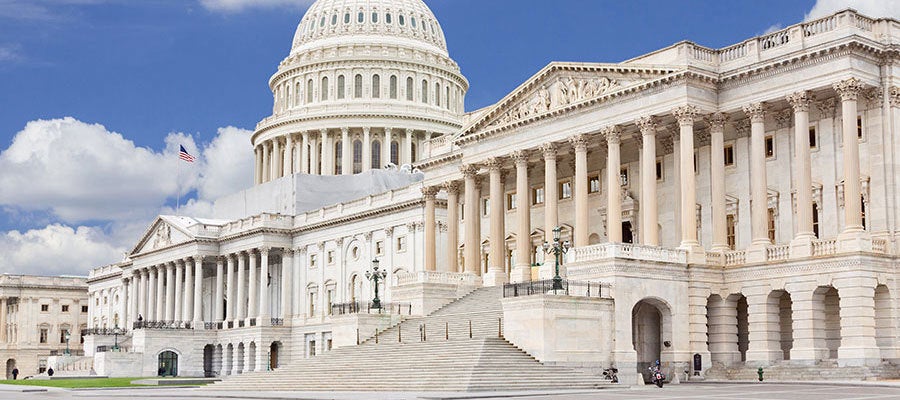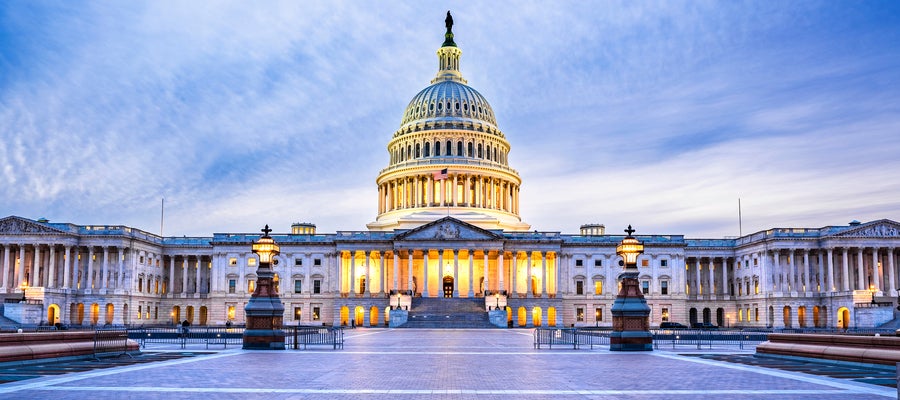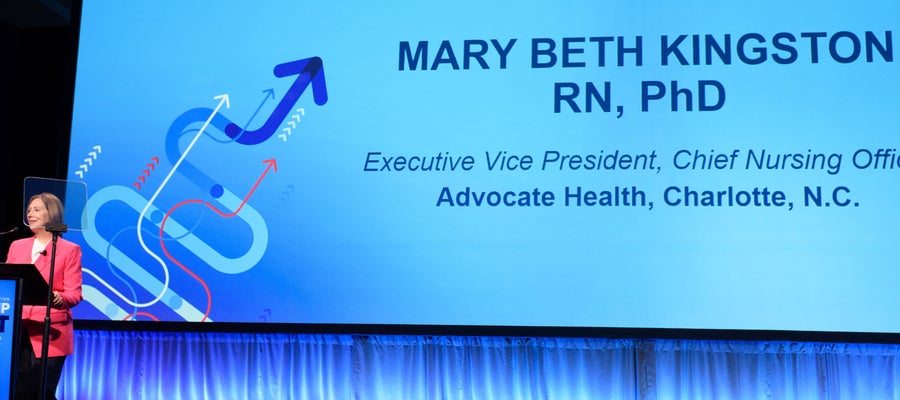The Centers for Medicare & Medicaid Services’ proposal to implement mandatory nurse staffing levels “would have serious, negative, unintended consequences not only for nursing home patients and facilities, but the entire health care continuum,” AHA told the House Energy and Commerce Health Subcommittee in a statement submitted to a hearing yesterday afternoon on the issue.








